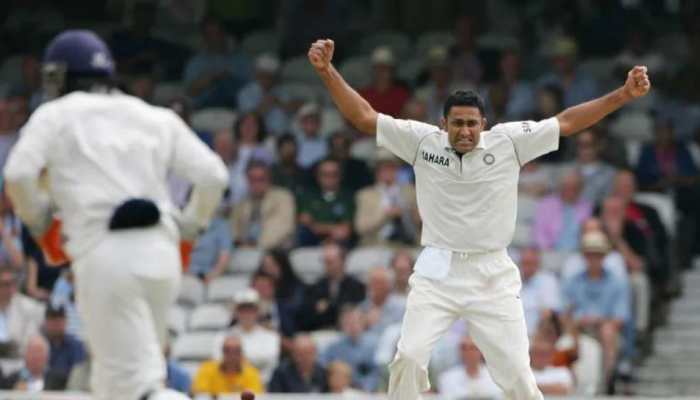Heart health WARNING! Poor diabetes control can lead to heart attacks, says study
The mean age of the patients was 56 years, and 76 per cent were males. Being overweight (high body mass index, high waist-hip ratio), poor diabetes control, high triglycerides & HBA1C, and a sedentary lifestyle (HDL) were seen as major risk factors for heart attack
- Among the test cases in the study, as many as 66 per cent of males and 56 per cent of females' heart attacks occurred under 60 years
- It was again shown that despite health care improvement in the last 20 years, still younger age group suffer from heart attacks.
- Yearly lipid profile and screening for diabetes by doing HBA1C and keeping body weight in check are key, says study
Trending Photos
) Pic courtesy: Pixabay
Pic courtesy: Pixabay Heart diseases in India: Poor diabetes control, sedentary lifestyle and being overweight are important causes of heart attacks among Indians, revealed a research study. Controlling these risk factors is as important as conventional risk factors, the large study, 'Metabolic risk factors in first acute coronary syndrome' (MERIFACSA), addressing the issues of risk factors in the Indian population was published in the Indian Heart Journal. This study, conducted by a team of researchers across the country led by the principal investigator, senior cardiologist Dr B. Hygriv Rao from KIMS hospital, Hyderabad, involved 15 large tertiary cardiology hospitals from New Delhi to Thiruvananthapuram.
Over a period of 2 years, 2,153 patients were recruited and compared with 1,200 control population. Patients recruited were distributed from different economic strata and represented both rural and urban populations. The mean age of the patients was 56 years, and 76 per cent were males. It was again shown that despite health care improvement in the last 20 years, still younger age group suffer from heart attacks.
As many as 66 per cent of males and 56 per cent of females' heart attacks occurred under 60 years, while one-third of males and one-fourth of females had heart attacks under 50 years, and 10 per cent of heart attacks occurred under 40 years. It is well known that smoking, hypertension, diabetes, and high LDL cholesterol are risk factors for heart attacks. Expectedly, 93 per cent of patients had these risk factors. Other risk factors are known to be important but are not given as much importance. These are being overweight (high body mass index, high waist-hip ratio), poor diabetes control, high triglycerides & HBA1C, and a sedentary lifestyle (HDL). These factors were present in over 95 per cent of patients with a heart attack.
The study showed that controlling these risk factors is as important as conventional risk factors. One-third of the patients had HBA1C in the pre-diabetes range (6-6.5), showing that preventive measures for heart attacks must start before clinical diabetes begins. The study emphasises that to prevent heart attacks in India, preventing obesity, aggressively controlling diabetes, and regular exercise are important.
"Obesity, sedentary lifestyle and lack of aggressive treatment of diabetes is an important lacuna in our preventive treatment of heart attacks in India. Risk factor modification practised by doctors in India is not complete unless these factors are addressed seriously at a large scale," said Hygriv Rao.
At an individual level, people need to follow a healthy diet and do regular exercise to avoid being overweight (target Body mass Index 23-25, and waist-hip index less than 0.9. Secondly, yearly lipid profile and screening for diabetes by doing HBA1C. Those with diabetes should target HBA1C less than 7. As heart attacks occur in the younger population, these preventive measures should be initiated early like from 20 years of age.
Specific measures at the national level are large population screening programs to identify diabetes by estimating HBA1CA rather than blood sugar alone and to counsel patients to aggressively achieve a value less than 7 in the diabetic population. To promote through educational campaigns, the importance of a healthy diet and regular exercise to prevent obesity and increase good cholesterol (HDL).
Stay informed on all the latest news, real-time breaking news updates, and follow all the important headlines in india news and world News on Zee News.
Live Tv







)
)
)
)
)
)
)
)
)
)
